Welcome!
Welcome to my home page. Currently I am an assistant professor in the division of Cell Biology, Neurobiology and Biophysics at Utrecht University doing research in the field of image analysis and AI for smart microscopy and bio-applications. Previously, I was an assistant professor at the Erasmus MC (depts. of Cell biology and Molecular genetics) and TU Delft (Remote Sensing group), working on statistical and machine learning methods for image analysis.
Research Focus
My research focuses on combining statistical signal and image processing with advanced data modeling, with a particular focus on motion analysis in biological systems. The goal is to bridge the gap that exists between developing pure methodological advances in computer vision and machine learning and solving challenging real-world applications with high societal impact, which can benefit from using modern AI techniques. In my work, I strive to move from pure image processing and analysis to completely automated image/data understanding, based on machine learning and artificial intelligence. This will provide exciting new opportunities for the study and understanding of living systems.
Selected Topics
Unsupervised methods for trajectory “segmentation”
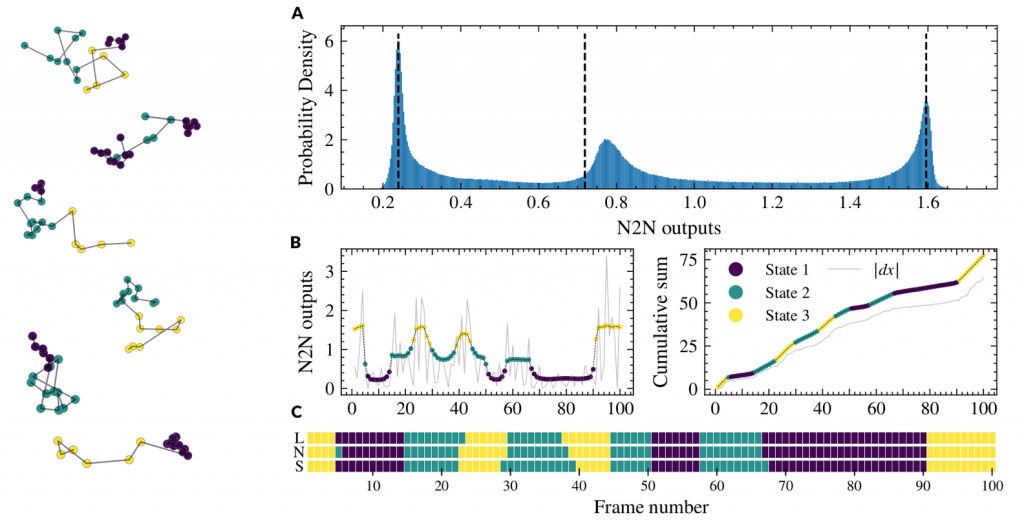
Motion analysis of BRCA2 protein using Recurrent Neural Networks
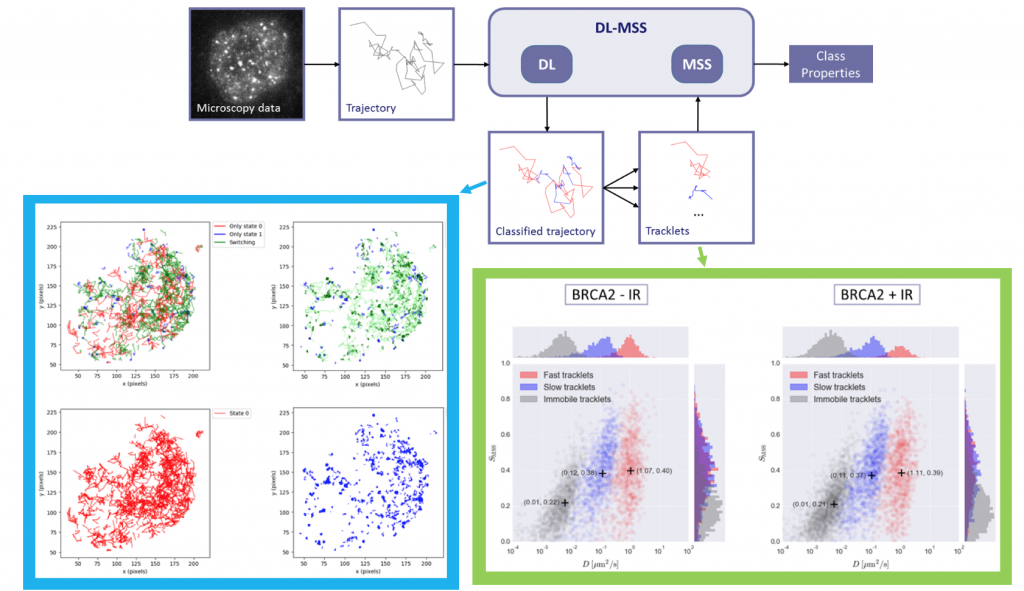
Cardiomyocytes analysis
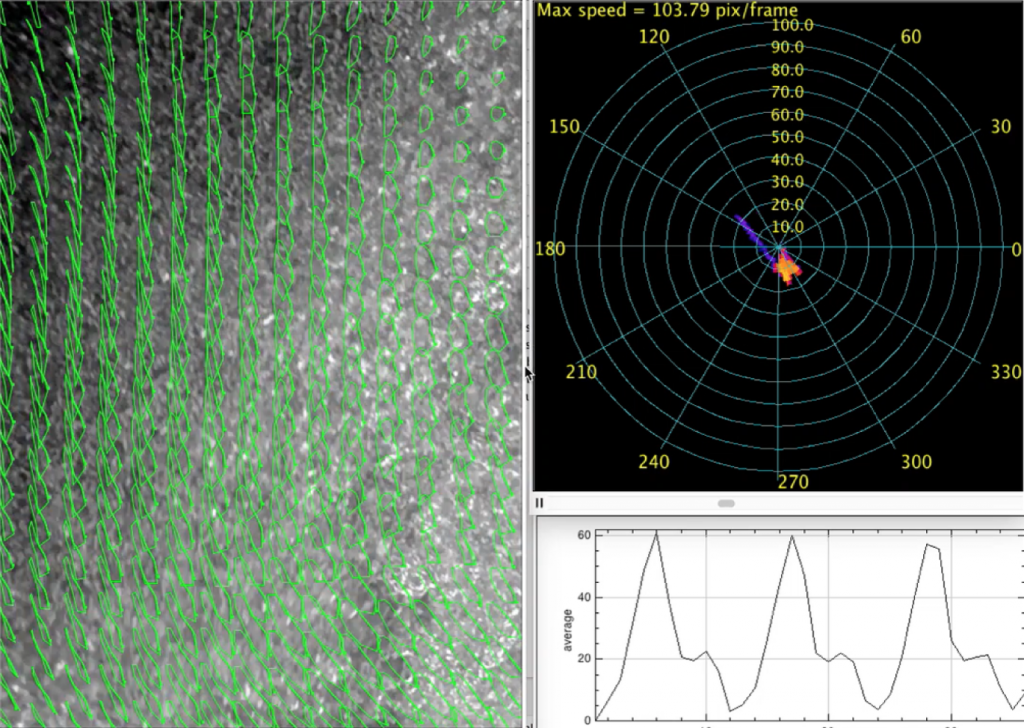
Particle Tracking (Linking) using Neural Networks
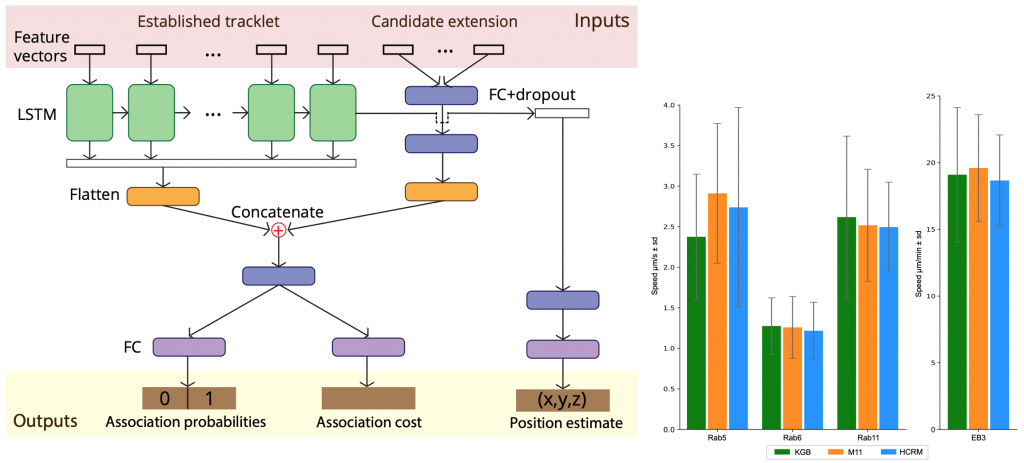
“Fork” Detection in EM images using Deep Learning
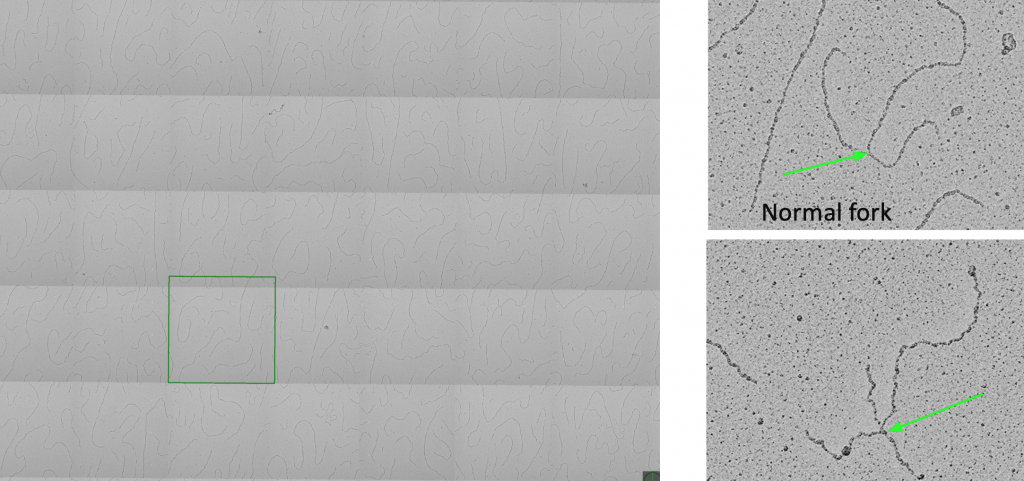
53BP1 detection using U-Net
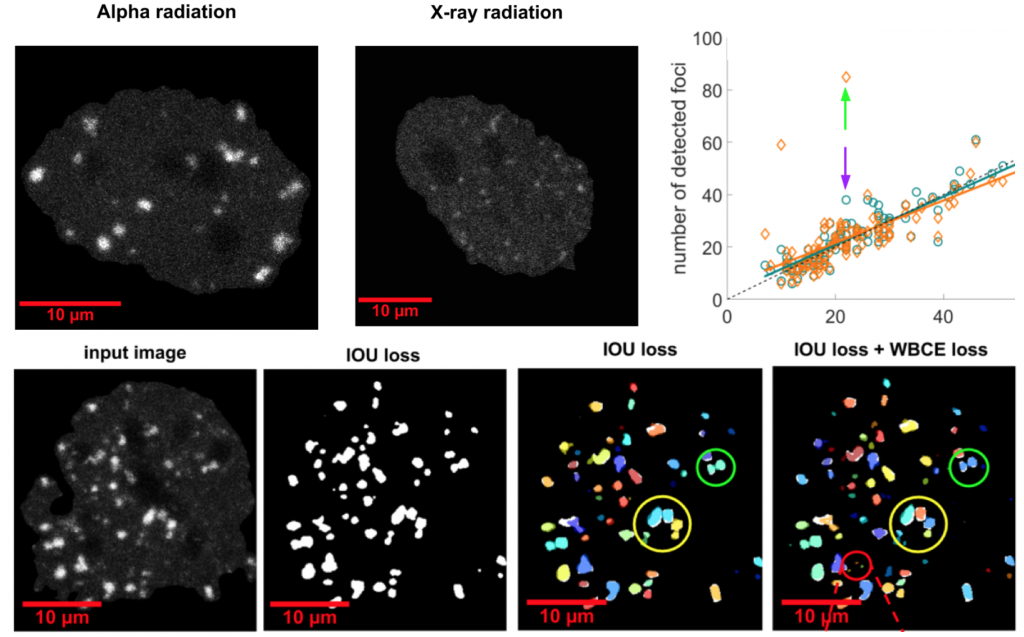
Deep learning based microtubule detection in crowded environments
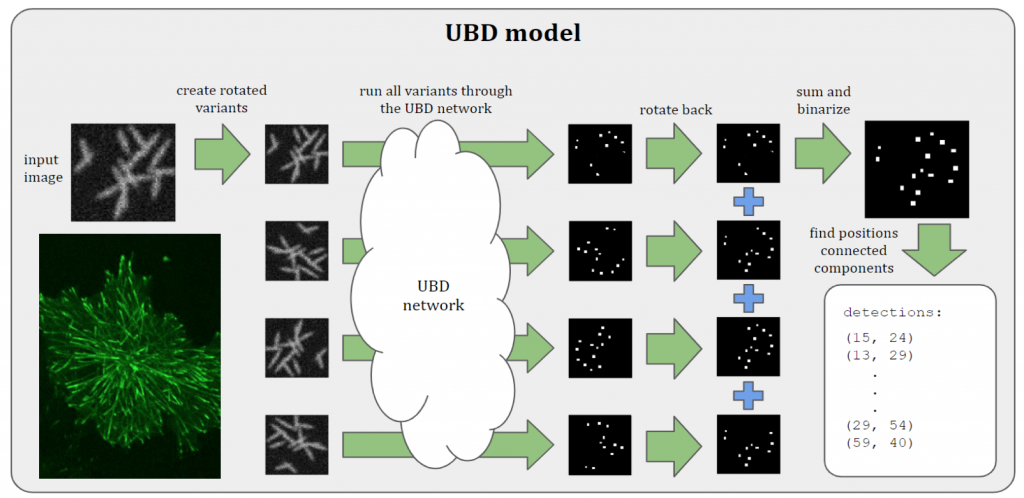
Theme 1: Adaptive bayesian multi-object tracking and motion analysis (VENI)
This research focuses on the development of novel generic and adaptive motion analysis methods, based on particle filtering techniques, aiming at the development of a unified particle filtering based framework capable of adaptive system identification, object state estimation, and parameter tuning within the Bayesian ideology. The developed framework will be primarily applied to and validated on tracking and motion analysis applications in biology, with contribution to the quantitative understanding of the fundamental processes in living cells and advancing the field of systems biology.
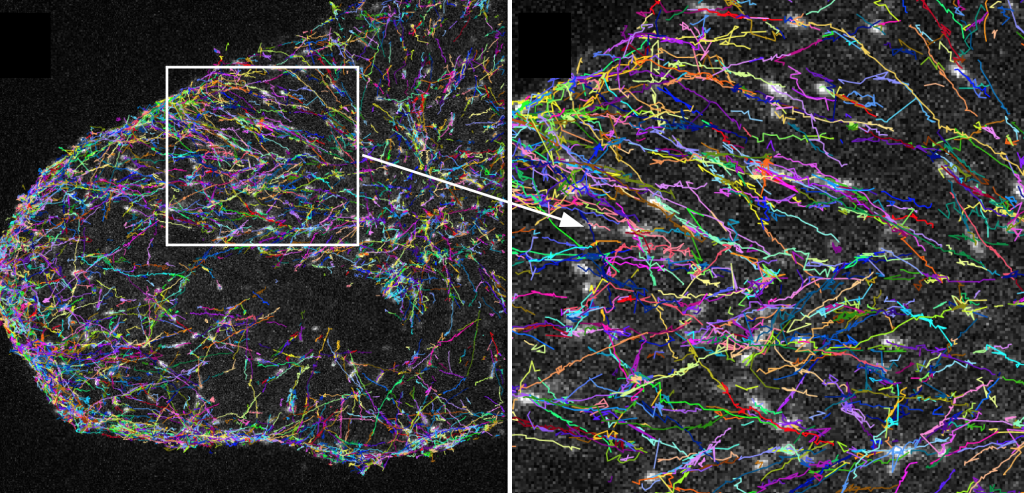
Theme 2: Smart Optics Systems (SOS)
This project concerns the design of an integrated optical scheme using smart optics components to compensate for varying aberrations together with integration of real-time control system for improved scanning and active compensation for aberrations. Additionally, it involves the development of adaptive deconvolution methods for image enhancement as well as detection and tracking methods for image analysis and evaluation of the developed smart microscopy imaging system by application to biomedically relevant research questions will be carried out.
Theme 3: In-Vivo Molecular Image Analysis from Cell to Organism
The goal of the project is the development of image processing and analysis methodology for integration of molecular, functional and anatomical imaging data. This includes registration, matching, and correlation of motion at the anatomical level, detection and tracking of functional events at the cellular level and combination of data from multiple imaging modalities. As a result, the developed methodology will enable quantified monitoring of disease progression and treatment responses that is not possible with current, visual interpretation.
Theme 4: Tracking in Molecular Bioimaging (PhD research)
The goal of the project is to develop automated image analysis techniques for accurate and reproducible tracking and motion analysis of subcellular structures from time-lapse fluorescence microscopy image data. The results of this research are described in my PhD thesis.
